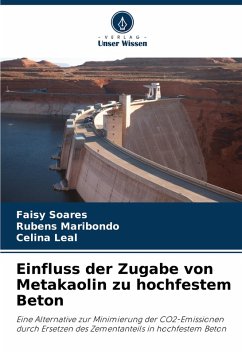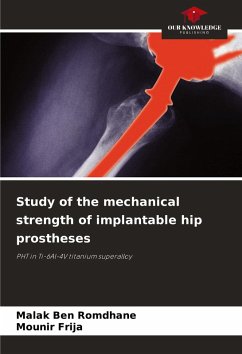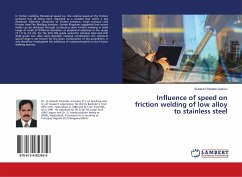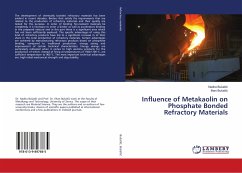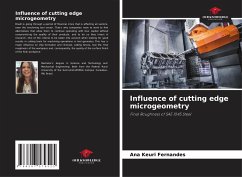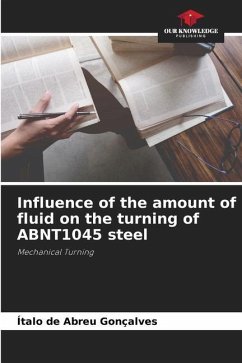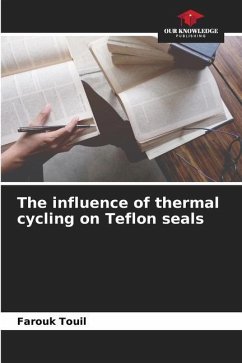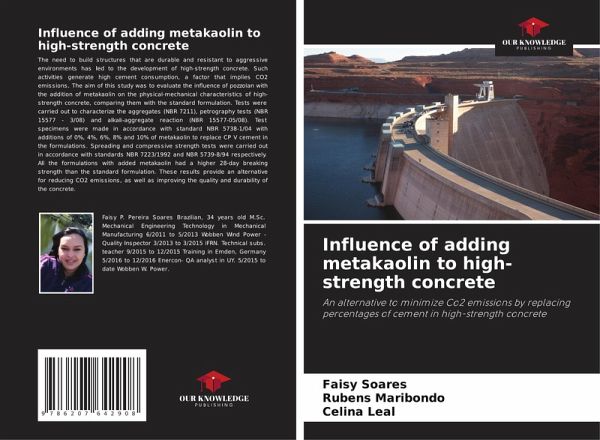
Influence of adding metakaolin to high-strength concrete
An alternative to minimize Co2 emissions by replacing percentages of cement in high-strength concrete
Versandkostenfrei!
Versandfertig in 6-10 Tagen
24,99 €
inkl. MwSt.

PAYBACK Punkte
12 °P sammeln!
The need to build structures that are durable and resistant to aggressive environments has led to the development of high-strength concrete. Such activities generate high cement consumption, a factor that implies CO2 emissions. The aim of this study was to evaluate the influence of pozzolan with the addition of metakaolin on the physical-mechanical characteristics of high-strength concrete, comparing them with the standard formulation. Tests were carried out to characterize the aggregates (NBR 7211), petrography tests (NBR 15577 - 3/08) and alkali-aggregate reaction (NBR 15577-05/08). Test spe...
The need to build structures that are durable and resistant to aggressive environments has led to the development of high-strength concrete. Such activities generate high cement consumption, a factor that implies CO2 emissions. The aim of this study was to evaluate the influence of pozzolan with the addition of metakaolin on the physical-mechanical characteristics of high-strength concrete, comparing them with the standard formulation. Tests were carried out to characterize the aggregates (NBR 7211), petrography tests (NBR 15577 - 3/08) and alkali-aggregate reaction (NBR 15577-05/08). Test specimens were made in accordance with standard NBR 5738-1/04 with additions of 0%, 4%, 6%, 8% and 10% of metakaolin to replace CP V cement in the formulations. Spreading and compressive strength tests were carried out in accordance with standards NBR 7223/1992 and NBR 5739-8/94 respectively. All the formulations with added metakaolin had a higher 28-day breaking strength than the standard formulation. These results provide an alternative for reducing CO2 emissions, as well as improving the quality and durability of the concrete.



